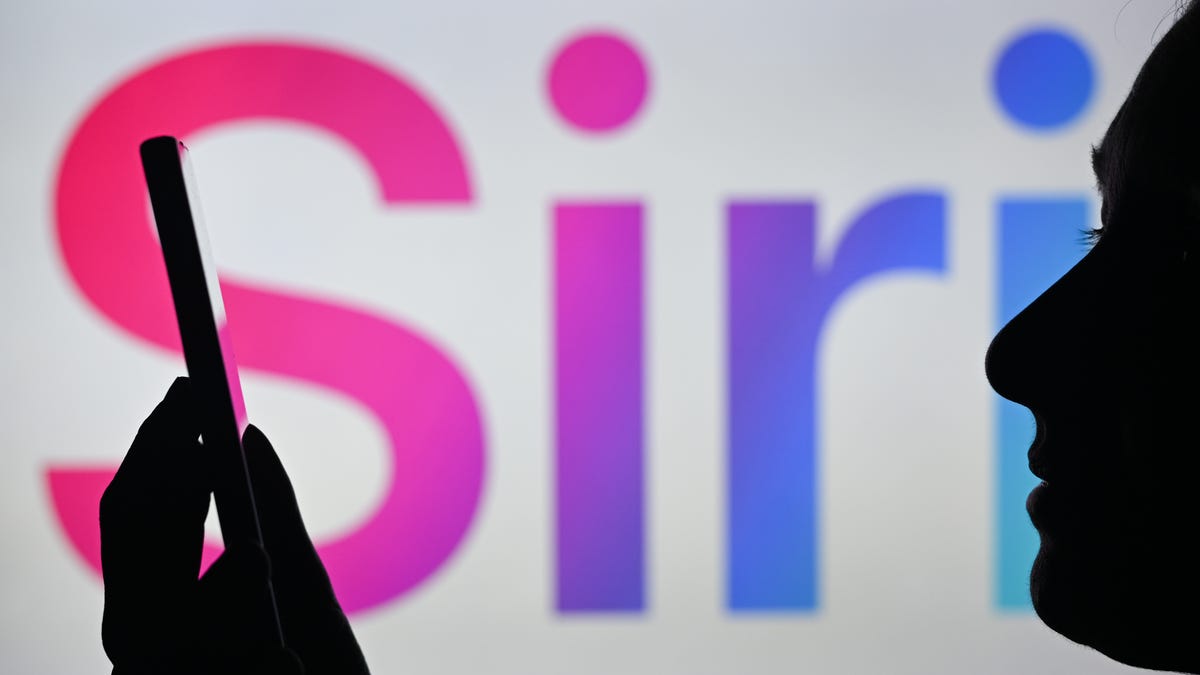Bussiness
Business Group on Health: Healthcare Costs Expected to Surge at Highest Rate in 15 Years – MedCity News

Employers’ projected healthcare cost trend, reflecting the expected annual percentage increase in patient treatment costs, rose from 6% in 2022 to nearly 8% by 2025, according to a new survey from the Business Group on Health.
“That is the highest projection we’ve seen by this survey in over 15 years,” said Ellen Kelsay, president and CEO of Business Group on Health, during a media briefing. “And at that rate of increase, when compounded, healthcare costs in 2025 will be more than 50% of 2017 levels. What’s worse is this healthcare inflation is expected to persist.”
The Business Group on Health’s 2025 Employer Health Care Strategy Survey, published Tuesday, received responses from 125 large employers that cover more than 17.1 million lives. Additional findings include:
1. Pharmacy costs are a major contributor to cost increases. In 2023, the median percentage of healthcare dollars spent on pharmacy was 27%, compared to 24% in 2022 and 21% in 2021. About 76% of respondents said they are “very concerned” with pharmacy costs. To address pharmacy costs, employers’ top strategies in 2024 include maximizing “manufacturer copay program benefits” and implementing “new programs/features offered by my incumbent PBM partner.” For 2026 and 2027, however, 40% are considering implementing a transparent PBM.
2. GLP-1s are significant drivers of healthcare costs in 2024. About 56% of respondents said that GLP-1s drive healthcare costs to a “very great extent” or “great extent.” In addition, 70% said they are “very concerned” about the appropriate use and long-term cost implications of GLP-1s and other weight management medications. About 96% of employers are covering GLP-1s for diabetes, and 67% are covering them for obesity. To manage the use of GLP-1s, the most common tactic employers are using is prior authorization.
3. When asked about conditions driving healthcare costs in 2024, 80% of employers listed cancer, 74% listed musculoskeletal conditions and 40% listed cardiovascular conditions. About 87% of employers said they have at least one cancer screening method in place for 2025.
4. The estimated total cost of care per employee in 2024 is $18,639, up $1,438 from 2023. However, employers don’t plan to put this cost increase on employees. The estimated out-of-pocket cost for employees in 2024 is $1,825, compared to $1,831 in 2023.
“Most of that increase is being absorbed by employers via plan premiums and contributions to employee health accounts,” Kelsay said. “This is the third year in a row that most employers have opted to absorb this increased healthcare cost in an effort to really address affordability as much as possible for employees and covered dependents.”
5. To manage costs, employers will reevaluate their vendor partnerships. Many plan to use the request for proposal (RFP) process to negotiate better pricing and terminate relationships with underperforming vendors. In 2025, a third of employers said they will assess or use the RFP process for their PBM. When assessing health plan and PBM partnerships, employers said claims/utilization data, data measurement and transparency are important.
“These findings really do reflect employer concerns about the quality of the information they’re receiving from vendors and the importance of accurate data upon which to make decisions,” Kelsay said. “Partners that ultimately are able to deliver high quality, transparent services and provide more robust reporting and credible measurement will stand more favorably as employers are conducting these evaluations.”
Photo: Ta Nu, Getty Images







